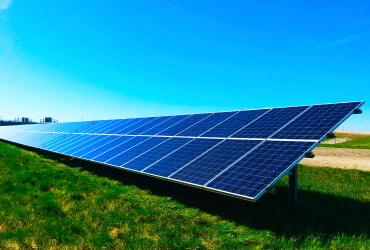


Second Life of Batteries As the popularity of electric vehicles starts to grow explosively, so does the pile of spent lithium-ion batteries that once powered those cars. Industry analysts predict that by 2020, China alone will generate some 500,000 metric tons of used Li-ion batteries and that by 2030, the worldwide number will hit 2 million metric tons per year.
If current trends for handling these spent batteries hold, most of those batteries may end up in landfills even though Li-ion batteries can be recycled. An EV battery is generally considered to be ‘end-of-life’ when its capacity has declined to approximately 80% of its original value.
However, these spent batteries are now attracting attention from battery manufacturers and Researchers, with their significant remaining capacity offering huge potential for use in a secondary application.
The shift towards Second Life lithium Battries will enable Pivot Power (and other SES providers) to provide competitive energy prices for the consumer (in 5 years, projections indicated that SLBs may be up to 70% cheaper than new ones used in these SES applications!).
EV batteries are typically replaced after they lose around 20 percent of their capacity, which means that there’s still up to 80 percent capacity remaining that can be used for stationary storage applications. Tapping into that remaining battery life has the potential to cut costs and greenhouse gas emissions.



Energy plays a pivotal role in economic development, particularly in industrialization. Value addition has the power to boost revenue and attract investments throughout the value chain. Considering these advantages, the sector holds the potential to create thousands, if not millions, of jobs for youth and women.
Offgrid energy not only promises national security and independence; Offgrid energy can be put on individual residences to provide power that is not dependent on being linked to a bigger electrical grid. It has survived not only five centuries, but also the leap into electronic typesetting, remaining essentially unchanged.






